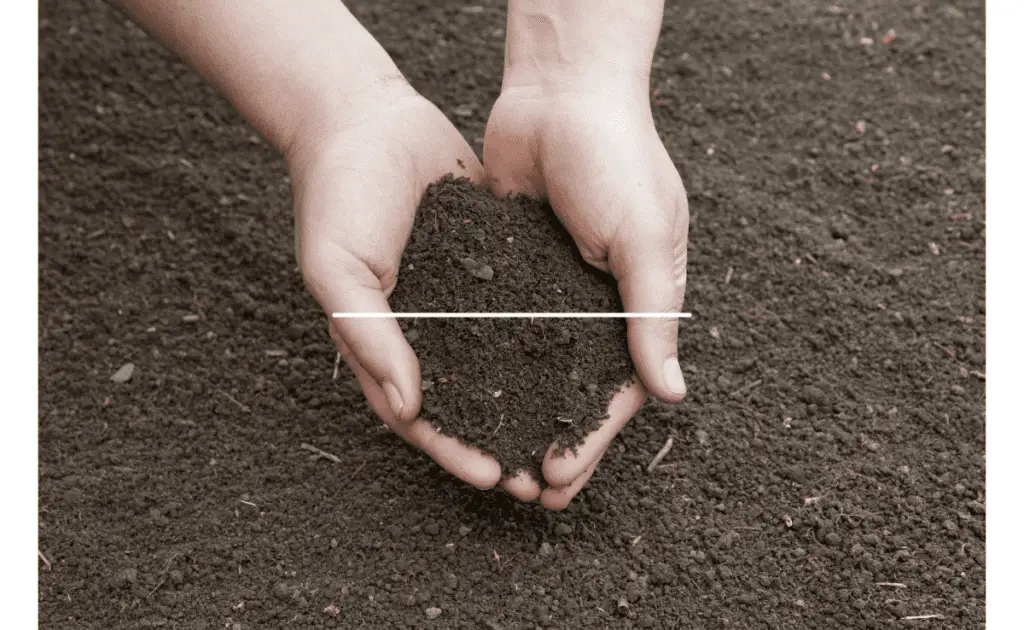
As a whole a neutral PH of 7 is considered best because it is easy to adapt neutral soils to your plants needs. For some plants, a higher or lower level of acidity might work better than others. A good rule is to test your soil and then adjust the pH until it sits at a level that will be good for most of the plants in your garden.
Why PH is Important
The pH level is an essential factor when it comes to growing a garden. The soil’s pH level indicates whether it will be acidic or alkaline. When the acidity is too high, it becomes difficult for plants to extract nutrients from the soil they need to grow Conversely, if the pH is too low, too much nutrient is available and can lead to overgrowth of weeds and other unwanted plant growth.
Your goal should be to find a pH that will work well with most of your plants. Different plants like different levels of acidity. If you’re not sure what the right number for your soil should be, then you can test it first! You can purchase testing kits at any garden supply store. If you want your garden to grow properly, you need high quality soil. But what makes good soil? The perfect pH level! Learn more about testing your soil in our post here.
How to Test Soil pH
The first thing you’ll need to do is gather some soil, an aluminum dish, and a pH test kit. You can buy all of these items in most hardware stores.
Next, fill the aluminum dish with about two inches of soil. Make sure you mix it up well so that there is no dry dirt on the top or wet dirt at the bottom. Fill the pH test kit with distilled water and dip the test strip in. It should read 7 when it’s in the middle of the scale. If it is not, adjust your pH until it is in this range. When you’re finished, pour off any excess liquid from the dish and then place it back into your garden or spread around on your lawn!
What Is the Best Ph Number?
A lot of plants prefer a pH between 5-7. This is a great range for many plants, and you’ll need to measure the pH in your soil to determine if it falls in this range. However, some plants prefer a different level of acidity. For example, tomatoes thrive best in soil with a pH between 6-7. If you have a garden full of tomatoes that are thriving, then your soil’s acidic level is just right for them. If they’re not doing well, then you might need to adjust your soil’s pH levels until it is more suitable for tomatoes.
To figure out what the best ph number is for your garden’s soil, you’ll need to test it first. To do so, use a kit or send a sample in to a lab for testing. Once you have your results back, look at the chart on the package and find where your number lines up on the scale. Your goal should be somewhere between 5-7 if possible!
How do I lower the ph. in my garden?
You will need to test your soil. The pH level should be between 5-7. If it’s higher or lower, now is the time to make adjustments!
To adjust the titer of acidity in your garden soil, you have a few options. You can use lime or wood ashes to lower the pH and use sulfur or iron sulfate to raise the acidity. Find out more about using lime in the garden in this post.
The most common way is to use lime (paid link), which can be purchased at any local garden store. There are different types of lime, so if you know what type of plant you want in your garden, buy lime that matches its needs!
Alternatively, if you don’t want to spend money on purchasing new materials for your garden, there’s always wood ashes! Wood ashes are another option for lowering the pH level of your soil. To measure how much ash is needed for a certain area of land, simply divide the amount of land by four. For example: If your yard is an acre long by half an acre wide, then one bag of wood ash is enough for that whole space! To learn more, check out our Ash for the Garden post.
How does adding fertilizer and lime affect the ph of soil?
Fertilizers add nitrogen to plants, so they are important when it comes to achieving the perfect pH for your garden. For instance, if the pH is too low, you can add fertilizer to bring up the levels. If the pH is too high, you need to add lime to bring it back down. You must measure your soil pH before adding these products to see what type of adjustments need to be made. Looking for the best fruit tree fertilizer? Check out this post.
Will Epsom salt lower soil ph?
There are many ways to lower the pH of soil, but one of the most popular methods is using Epsom salt. Epsom salt is a natural way to lower the pH level and will do so without harming your soil or garden. Just dissolve 1-2 tablespoons of Epsom salt into a gallon of water and then pour it over your soil. The magnesium sulfate in Epsom salt will react with aluminum hydroxide, which can raise the pH level, and create magnesium hydroxide, which will lower the pH level. This helps if you have acidic soil or if you want to grow acidic plants such as blueberries!
Does vinegar raise or lower ph in soil?
A common question is does vinegar raise or lower ph in soil? This is a tricky question. Vinegar doesn’t make the soil more acidic, but it will cause excess nutrients to dissolve. In this case, the pH of your soil will change because there are now excess nutrients in the soil, which can have a neutral effect on your soil’s pH level.
The pH of soil is one of the most important factors in the health of your plants. It doesn’t matter how much fertilizer, water and lime you add if your soil is too acidic or alkaline. Knowing the pH of your soil and how to change it is key to a lush, healthy garden.
This post contains affiliate links. If you make a purchase through these links, we may receive compensation at no additional cost to you.
